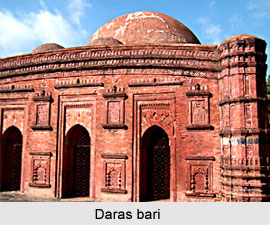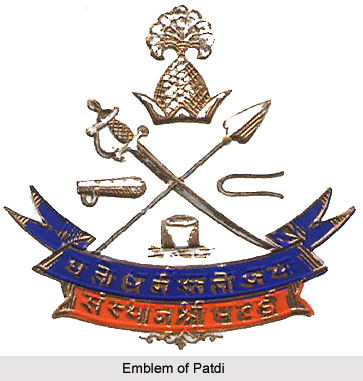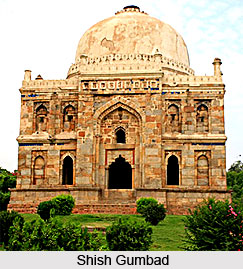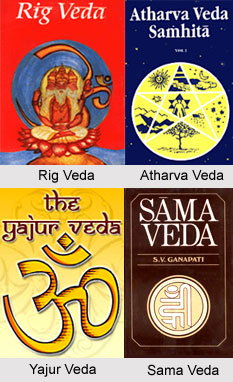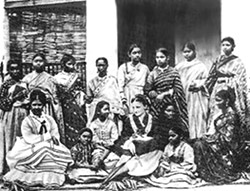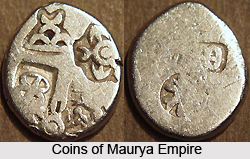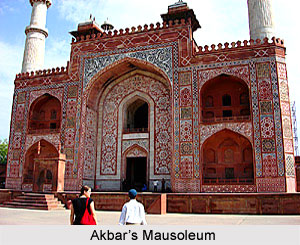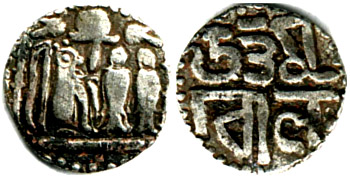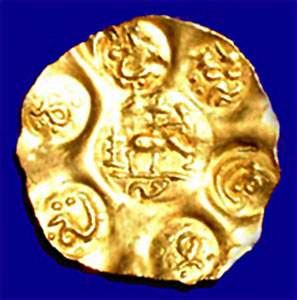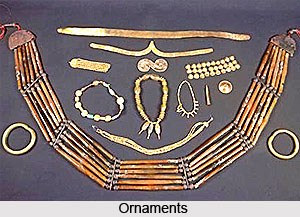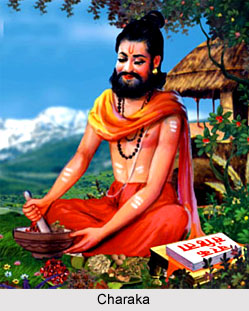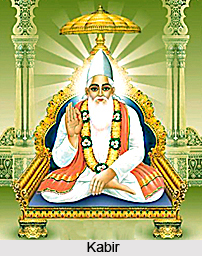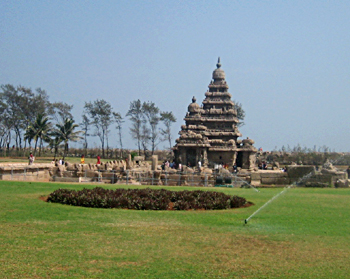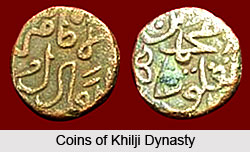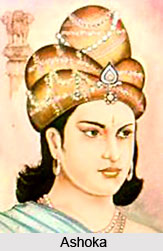Superintendent of Weaving shall pay attention to the manufacturing of products which come under essential commodities like cloth, thread, ropes etc. Superintendent of weaving, as has been mentioned in Chapter XXIII of Book II in Arthashastra, shall be responsible for employing the unemployed section of the community which include women liken widows, crippled women, girls, mendicant or ascetic women, women who are compelled to working defaults of paying fines, mothers of prostitutes, old women servants of the king, and prostitutes or devdasis who have ceased to attend the temples, shall be employed to cut, wool, fibre, cotton, panicle (tula), hemp and flax.
Superintendent shall fix the wages of these employees according to the quality of produce they provide. The wages shall vary according to the quality of thread spun and its fineness, coarse, or of middle quality; the proportion or of middle, greater or lesser quality manufactured, and in consideration of quantity of thread spun which shall be presented in oil and dried cakes of myrobalan fruit. They shall also be made to work on holidays with some kind of incentives; while there shall be reduction of wages in case of any default or reduction in the quality of the produce. The superintendent may employ those who are qualified enough to produce good quality of produce within a given period of time for a fixed amount of wage. Superintendent shall be closely associated with his workmen and will be in constant consultation regarding their problems and convenience.
Superintendent of Weaving then makes a selection of all the types of products which shall be produced. This shall include fine fabrics like silk cloths, fibrous cloth, raiment, woollen cloth and cotton fibres; various kinds of garments, blankets and curtains. Those who have the expertise knowledge will produce mail armour. Those women who usually don`t come out of their houses, whose husband have gone to abroad and those who are crippled along with young girls can be employed for the job on the request of the maid servants of the weaving houses. The women who can present themselves shall at dawn be enabled to exchange their spinning for wages.
Superintendent of Weaving, according to Arthashastra, shall be punished in the first amercement if he looks at the weavers or if discusses something else than work, delay of wages will be punishable in the middle amercement. Among the employees the punishment will be even severe as the one who has received the payment but does not gave out the quantity of produce will have her thumbs cut off; those who misappropriate, steal or run away shall be punished similarly; weavers when found guilty will be fined from their wages.
Superintendent of weaving shall take special care to check the manufacturing of the ropes and mail armour and shall carry out the manufacture of straps and other commodities. He shall further take full care in looking after the production of ropes from fibre and straps from the cane and bamboo barks which shall be used to punish the offenders.
Thus, Superintendent of Weaving shall be in full charge of looking after the production of al weaving items which add to the resources of the kingdom.


